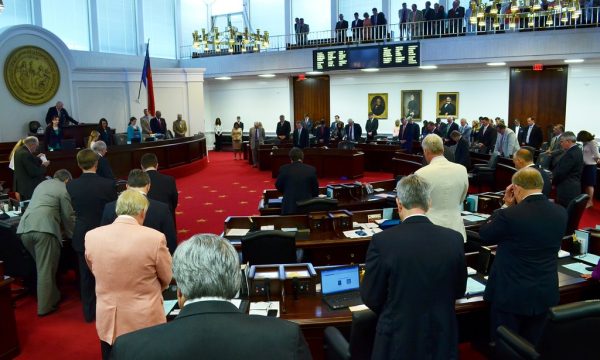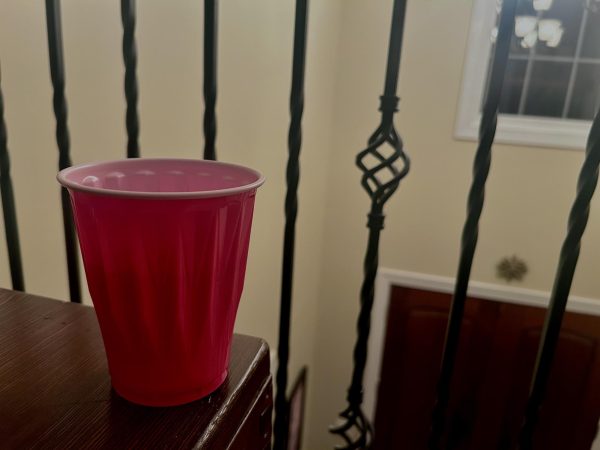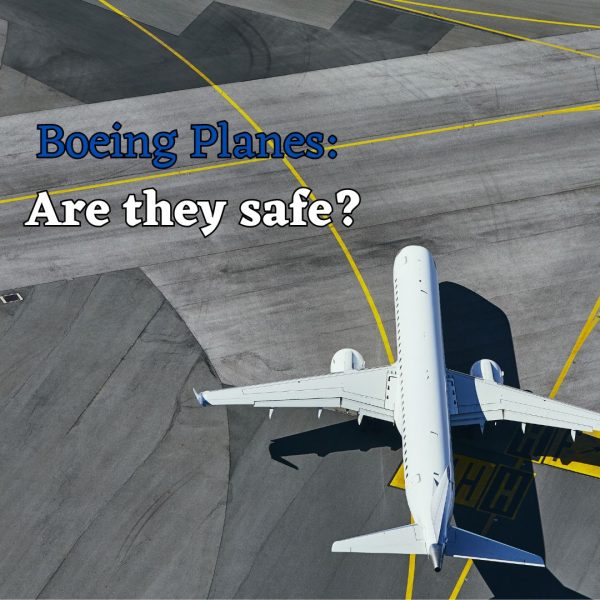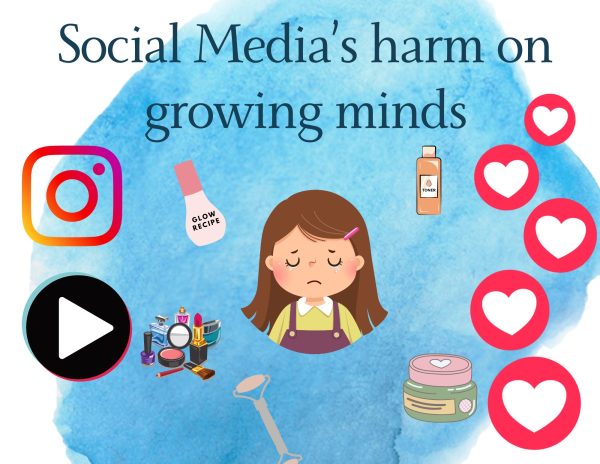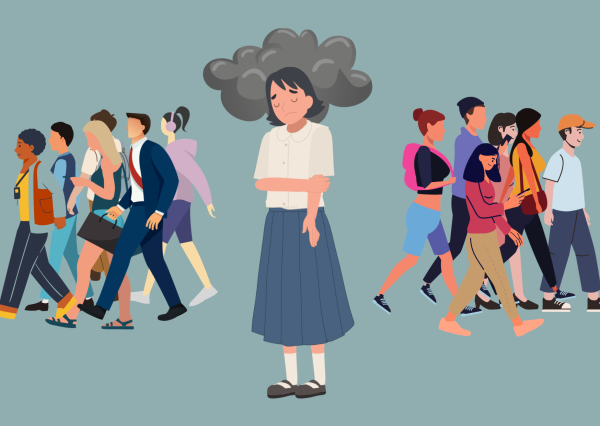Ebola: Is There a Double Standard in Health Care?
November 4, 2014
CNN Wire reported the story of Dr. Kent Brantly recovering from Ebola with the experimental drug ZMapp that was given to Dr. Brantly immediately at Emory Hospital in Atlanta, Georgia after contracting the virus from another healthcare worker in Liberia; this story was reported in August. Meanwhile, in October, Washington Post reported that Thomas Eric Duncan died from Ebola and received the antiviral drug Brincidofovir, and waited four days to receive the medication at Texas Health Presbyterian Hospital in Dallas, Texas. Where is the equality in that?
The difference of treatment in Ebola patients could be perceived as a double-standard in healthcare based on prejudices.
Ebola is a hemorrhagic fever from the virus family Filoviridae, a family of RNA viruses. It was discovered in 1976 in an outbreak of Ebola-Zaire, one of the four subtypes of Ebola, with an eighty-eight percent mortality rate.
Stanley Aronson, a founding Dean of the Medical School at Brown University, wrote an essay called “Fears of Infectious Diseases Are Based on Racism.” In this essay, he has brought out the wandering thought of why infectious disease such as the Ebola, the Spanish flu, and the Hong Kong flu come from geographical locations such as Africa, Asia, and lands far from America. He also questions why these diseases take place in these exotic places. Why is that so? Is it reasonable to think that the disease were planted in those locations?
The casualties of Ebola ensure that this disease has been allowed to to haunt and diminish a population.
From 1977 to 2003, 602 people have died from Ebola-Zaire from places such as Gabon and the Democratic Republic of the Congo. Today, it has spread and killed 3,400 in places such as Sierra Leone, Guinea, and Liberia.
In an essay, “Ebola”, by Brian Hoyle, Hoyle mentions that Ebola has indeed been used as a biological weapon. He mentioned that members of the Japanese cult Aum Shinrikyo traveled to Zaire to acquire the virus to use as a terrorist weapon.
The fact that Ebola was once used as a weapon forces me to ask one question: Is Ebola designed to kill certain people?
Not only is Ebola deadly, but it is a devastating disease and one of the worst ways to die.
In the book, The Hot Zone, Richard Preston describes the Ebola virus by testing the disease in monkeys. It describes one of the sufferings of the face of the monkeys on page 55: “Those animals were hunched up, each its own cage. They had bloody noses, with their eyes half-open, glassy, and brilliant red, with dilated pupils.The connective tissue under the skin had been destroyed by the virus, causing a subtle distortion of the face. Another reason for the strange faces was that the parts of the brain that control facial expression had also been destroyed.” One can only imagine why a human would let another human suffer at the hands of such a powerful disease.
Some may say there was not enough of the drug ZMapp to go around. Others may argue that some hospitals didn’t have many treatment options. However, the virus has been allowed to kill thousands of people for thirty-eight years in places in Africa waiting until recently to find a cure or vaccinate people once it hit the United States.
Not only is treating a patient unequally and letting them die because of their status or race insane, but it is sadistic, considering what the patient suffers. Life is a precious gift, and it should not be taken or be made miserable by a virus that spreads throughout your body. Letting someone die of a disease such as Ebola is equivalent to a person cutting deep scars all over his body. Mistreatment in healthcare should not be allowed because of a prejudice. No matter who a person is, especially in the United States, a country who thrives on having “Life, Liberty, and the Pursuit of Happiness”, they have the right to receive proper health care.






